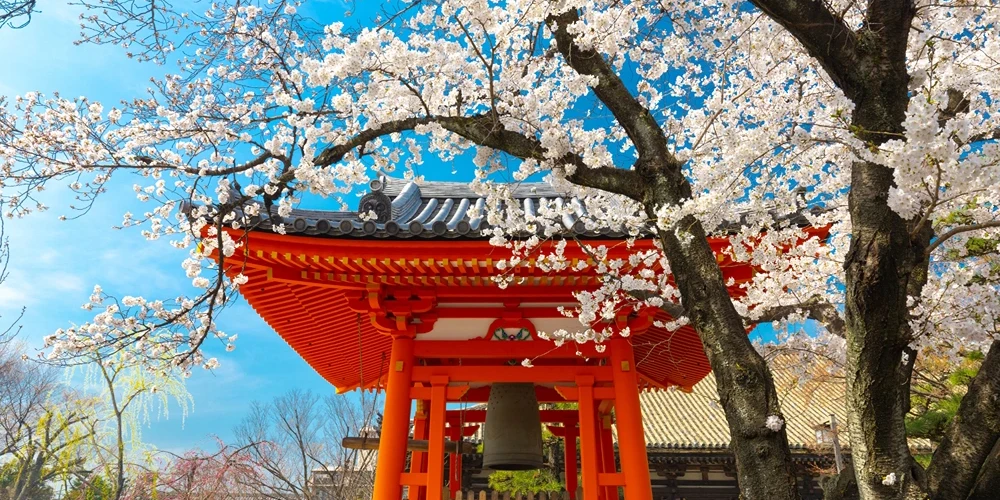When is the best time to travel to Japan? Is it during the vibrant cherry blossom season, or perhaps the serene autumn foliage? Japan’s unique geography, spanning from Hokkaido’s snowy peaks to Okinawa’s tropical beaches, offers diverse experiences year-round. In this guide, we’ll pinpoint the top seasons for your journey based on weather patterns and crowd levels. Understanding these factors can help you maximize your travel experience and avoid common pitfalls. One crucial aspect of planning your trip is ensuring you meet the visa requirements for Japan. Depending on your nationality, you may need to apply for a visa before your visit. It’s essential to check the latest regulations and prepare the necessary documents in advance to ensure a smooth entry into the country. Proper preparation will allow you to focus on enjoying your journey without any unexpected hurdles. Let’s uncover the ideal months for a comfortable, enriching trip to this fascinating country.
Table of Contents
Best Time to Travel to Japan: An Overview
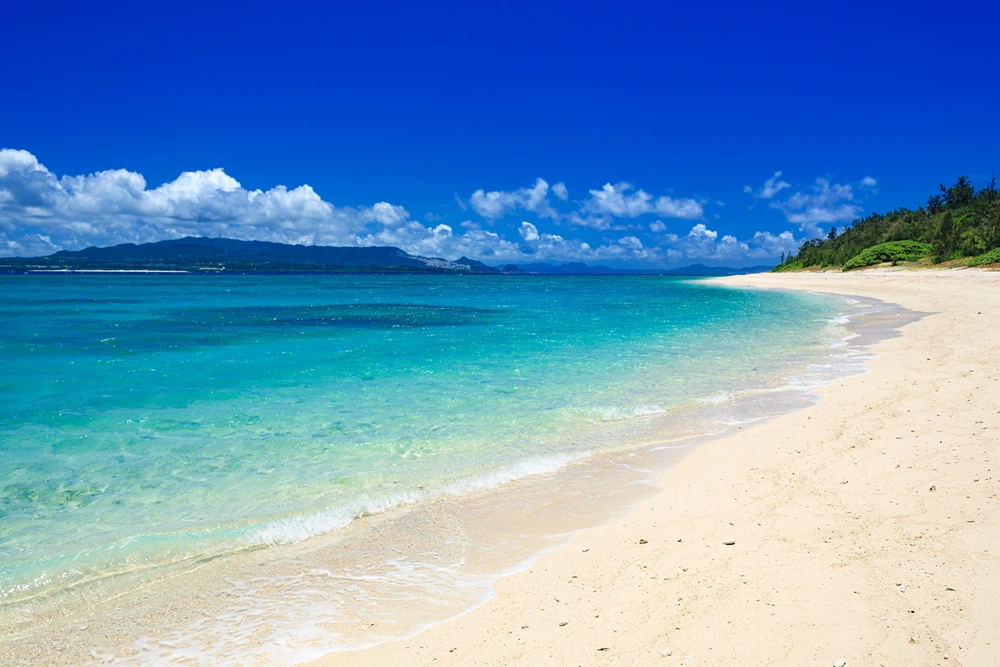
Japan spans more than 1,800 miles (2,900+ kilometers) from Hokkaido in the northeast to Okinawa in the southwest, resulting in a wide range of climatic conditions. This geographic diversity means that different regions of Japan experience varying weather patterns simultaneously. Northern areas like Hokkaido are known for their cold winters and heavy snowfall, while the southern regions, such as Okinawa, enjoy subtropical climates year-round. The central areas, including Tokyo and Kyoto, have a more temperate climate, making them popular travel destinations. Exploring the best places to visit in Japan can enhance your travel experience, offering a glimpse into the country’s rich culture and stunning landscapes. From the bustling streets of Tokyo to the serene temples of Kyoto, each destination offers its unique charm and attractions. Whether you’re a first-time visitor or a seasoned traveler, discovering these top spots will ensure a memorable journey through Japan.
The best time to visit Japan for comfortable weather and fewer crowds is early spring (March to early April) and autumn (late October to November). These periods offer mild temperatures and clear skies, perfect for sightseeing and outdoor activities. For those who love to explore at their own pace, embarking on one of the best road trips in Japan offers an unparalleled adventure. Whether you’re cruising along the scenic coastal roads of Okinawa or navigating the mountainous paths of the Japanese Alps, road trips provide a unique perspective of Japan’s diverse landscapes. These journeys allow travelers to discover hidden gems and local cultures that are often missed by traditional tours. May and October are particularly excellent for avoiding the peak tourist season while still enjoying pleasant weather. During these months, travelers can experience Japan’s natural beauty without the hassle of large crowds.
Japan’s rainy season occurs from June through mid-July, characterized by frequent showers and high humidity. The typhoon season spans from late May through October, peaking in August and September with an average of 11 typhoons per year. While these weather patterns can disrupt travel plans, they also lead to lower tourist numbers, making it easier to explore popular attractions without the usual crowds. Travelers should be prepared for sudden weather changes and plan accordingly to make the most of their trip during these seasons. Efficiently navigating the country is crucial, and having some transportation tips in Japan can be incredibly beneficial. From understanding the intricacies of the Japan Rail Pass to mastering the local bus systems, these tips can help streamline your travel experience. Knowing how to get around will save you time and ensure you can focus on enjoying the sights and sounds of Japan.
| Months | Weather Patterns | Crowds |
|---|---|---|
| March to Early April | Comfortable | Moderate |
| Late October to November | Comfortable | Moderate |
| June to Mid-July | Rainy | Low |
| Late May to October | Typhoon | Low |
| August | Hot and Humid | High |
| December to January | Cold | Low |
Spring: The Best Time to See Cherry Blossoms in Japan
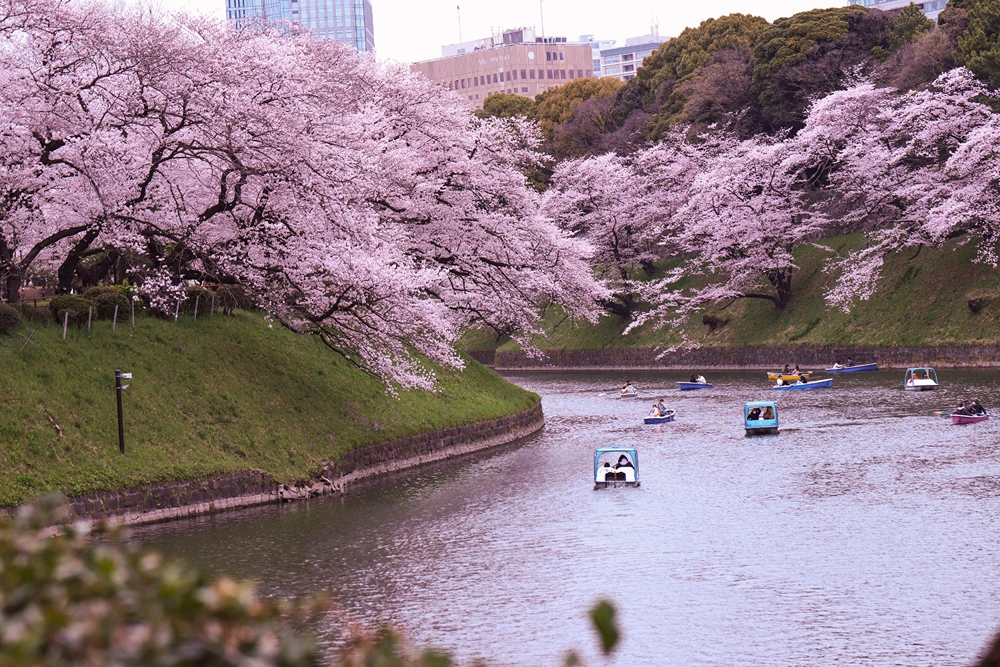
The cherry blossom season from April to May is the peak travel period in Japan. Cherry blossoms bloom for about a week per location, starting from late March. In Tokyo, the full bloom typically occurs around March 20th. This period is celebrated nationwide with “hanami” (flower viewing) parties, where people gather under the blooming trees to appreciate their beauty. The fleeting nature of the blossoms, which last only about a week, adds to their allure and makes this a highly anticipated time of year.
Golden Week, from April 29 to May 5, significantly impacts travel due to national holidays. During this week, many Japanese people take vacations, leading to crowded transportation and tourist sites. Hotels and flights are often booked well in advance, and prices can rise sharply. While Golden Week offers a chance to experience local culture and festivities, travelers should be prepared for heavy crowds and plan their accommodations and activities accordingly.
Spring in Japan is also marked by various cultural festivities and seasonal foods. Many traditional festivals and events take place during this period, offering visitors a rich cultural experience. Seasonal foods, such as cherry blossom-flavored desserts and pastries, are widely available and add a unique flavor to the travel experience. The mild weather during spring is ideal for sightseeing, making it a perfect time to explore Japan’s natural and cultural attractions.
- Cherry Blossom Viewing (Hanami)
- Seasonal Foods (Cherry Blossom-flavored Desserts)
- Golden Week Celebrations
- Traditional Festivals and Events
- Ideal Weather for Sightseeing
Summer Travel in Japan: What to Expect
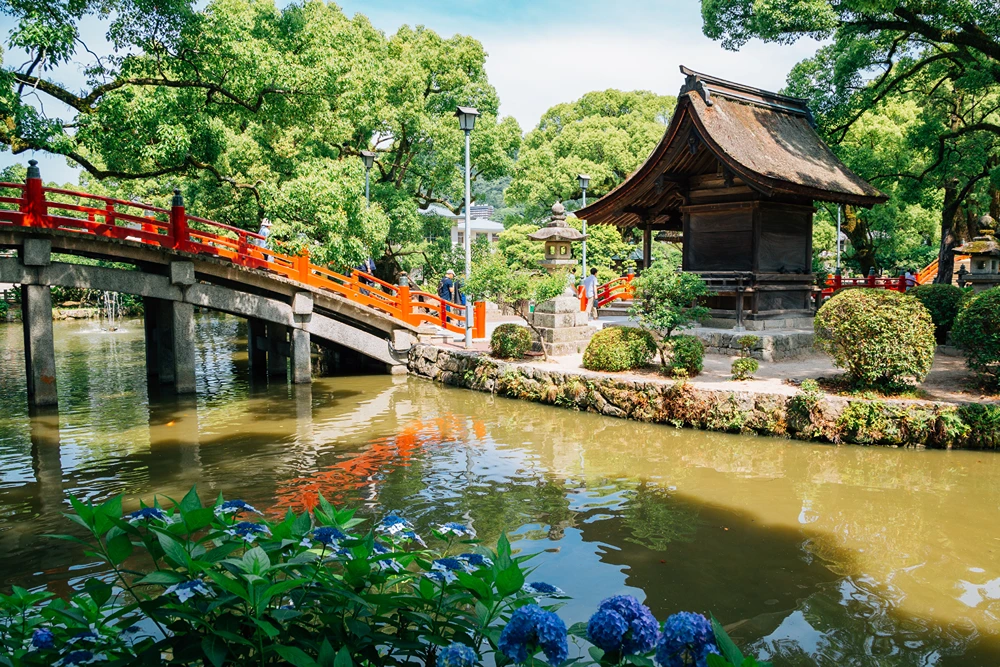
Summer in Japan, from June to August, is characterized by a mix of hot, humid weather and vibrant cultural activities. June marks the onset of the rainy season, which typically lasts until early July. Expect frequent showers and high humidity levels during this period. By late July and August, temperatures soar, often exceeding 38°C (100°F). Such extreme heat can be challenging for travelers, but it also means fewer crowds at tourist hotspots, offering a more relaxed experience for those who can handle the weather conditions.
What is the Obon holiday, and how does it impact travel? The Obon holiday, observed from August 13th to 15th, is a significant period when many Japanese people travel to their hometowns to honor their ancestors. This results in heightened travel activity, with crowded trains, buses, and roadways. Accommodation prices also spike due to increased demand. Travelers should book in advance and expect delays in transport. Despite the crowds, Obon provides a unique opportunity to witness traditional customs and ceremonies, adding depth to the travel experience.
Summer is also synonymous with a plethora of cultural activities and festivals across Japan. Fireworks shows are a major highlight, with spectacular displays lighting up the night skies in cities like Tokyo, Osaka, and Kyoto. Traditional summer festivals, such as Gion Matsuri in Kyoto and Tenjin Matsuri in Osaka, offer a fascinating glimpse into Japanese culture with parades, music, and dance. Outdoor enthusiasts can enjoy hiking in the Japanese Alps or relaxing on the beautiful beaches of Okinawa. Despite the heat, summer in Japan is a season rich with activities that cater to a wide range of interests.
- Obon Holiday
- Traditional Summer Festivals
- Fireworks Shows
- Hiking in the Japanese Alps
- Beach Trips
Autumn in Japan: A Season of Beautiful Foliage
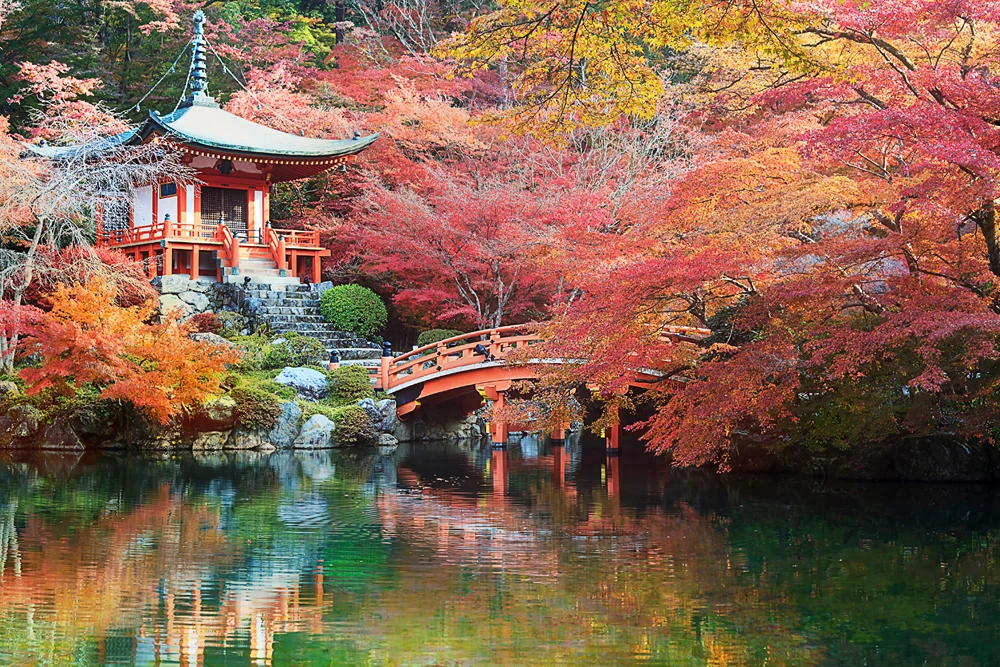
Autumn in Japan, spanning from September to November, is renowned for its breathtaking fall foliage. The weather during this period transitions from the warmth of early autumn to the cool, crisp conditions of late autumn. September often sees warm temperatures with occasional typhoons, gradually giving way to cooler, clearer skies in October. By November, the weather becomes crisp and dry, providing perfect conditions for outdoor activities. The vibrant hues of red, orange, and yellow leaves transform landscapes across the country, making it an ideal time for hiking and sightseeing.
Where are the best locations and times to see autumn colors in Japan? The best autumn foliage can be seen from late November to early December. Tokyo’s fall foliage season starts in late October and peaks in November. Popular spots in Tokyo for viewing the autumn leaves include Ueno Park, Shinjuku Gyoen, and the Meiji Jingu Gaien. Outside of Tokyo, Kyoto’s temples and gardens, such as Kiyomizu-dera and Arashiyama, offer stunning views of the autumn colors. In the northern regions like Hokkaido, the foliage peaks earlier, typically in early October, providing an extended period for leaf-peeping enthusiasts.
Autumn is also a season rich in cultural and seasonal activities. October brings cooler weather and Halloween decorations, especially in Tokyo, where themed events and parades are increasingly popular. November is marked by various festivals and traditional events, celebrating the harvest and changing seasons. The crisp, dry weather is ideal for outdoor events, making it a perfect time to explore Japan’s cultural heritage and natural beauty. Visitors can enjoy activities such as the Jidai Matsuri in Kyoto, a historical festival featuring elaborate costumes, and the Nagasaki Kunchi Festival, which showcases traditional dance and music.
| Month | Weather | Activities |
|---|---|---|
| September | Warm, Occasional Typhoons | Early Fall Foliage |
| October | Cool, Clear Skies | Halloween Festivities |
| November | Crisp, Dry | Peak Fall Colors, Festivals |
Winter in Japan: Snow and Festivities
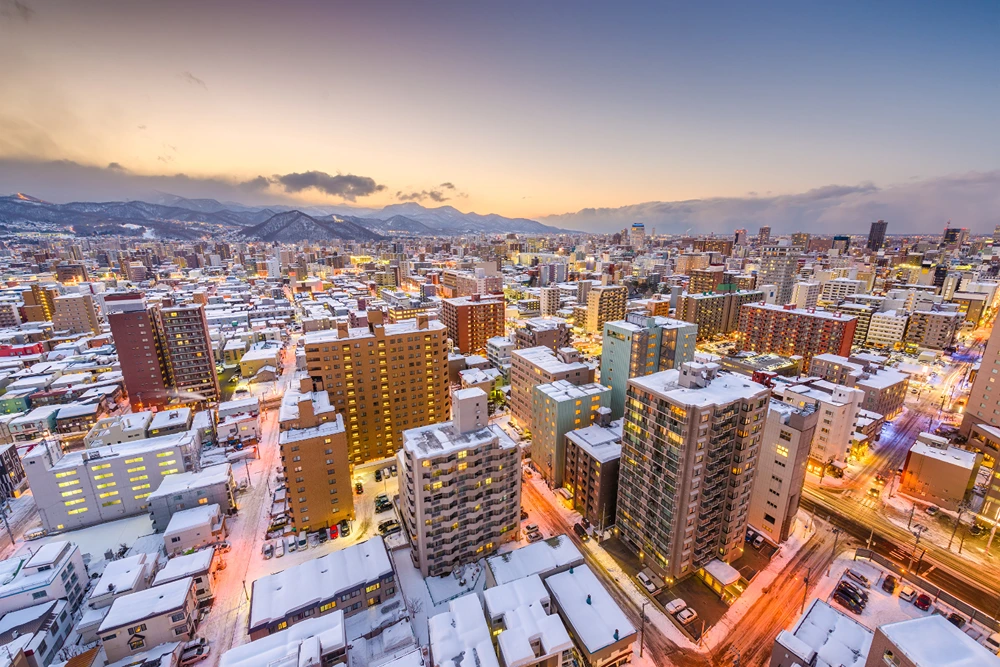
Winter in Japan features mild temperatures in major cities but colder conditions and snow in the mountains and Hokkaido. Major urban areas like Tokyo and Osaka experience temperatures ranging from 40°F to 50°F, making it comfortable for city exploration. In contrast, regions like Hokkaido and the Japanese Alps transform into winter wonderlands with heavy snowfall, attracting winter sports enthusiasts.
Japan is renowned for its fine powder snow, particularly on the slopes of Hokkaido. December marks the start of the ski season in places like Sapporo, with excellent conditions for skiing and snowboarding. Resorts such as Niseko, Furano, and Hakuba are famous for their world-class facilities and snow quality. For those new to winter sports, many resorts offer lessons and rental equipment. The ski season extends through February, providing ample opportunities to enjoy the pristine slopes.
February features early-blooming kawazu sakura cherry blossoms, offering a unique experience for visitors. These cherry blossoms bloom earlier than the typical sakura season, adding a splash of color to the winter landscape. Kawazu, located in the Izu Peninsula, is famous for its early sakura, attracting visitors who want to witness these blooms without the spring crowds.
Winter also brings a variety of other activities and festivals. The Sapporo Snow Festival, held in early February, showcases impressive ice sculptures and attracts millions of visitors. Onsen (hot springs) are particularly popular during winter, offering a relaxing way to warm up after a day in the snow. Traditional winter festivals, such as the Nozawa Onsen Dosojin Matsuri, provide cultural insights and unique experiences. Whether it’s enjoying a hot meal at a winter market or exploring ice-covered landscapes, winter in Japan offers a magical and diverse travel experience.
Weather in Japan by Month: What to Know
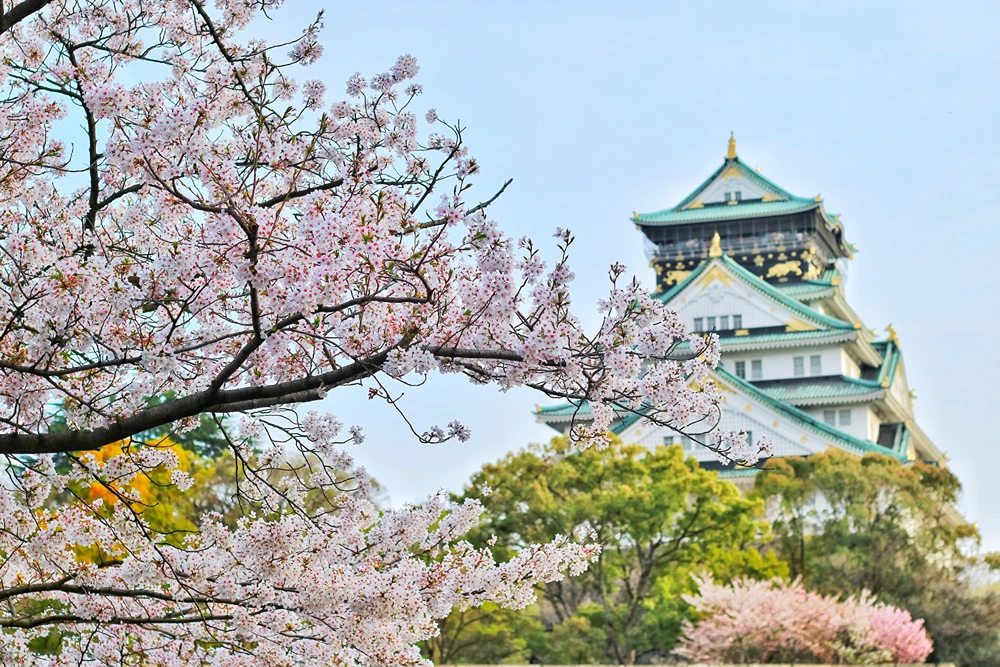
Japan’s climate varies significantly across its regions, from the snowy winters of Hokkaido in the north to the subtropical climates of Okinawa in the south. Generally, the country experiences four distinct seasons. Spring and autumn are often mild and pleasant, making them ideal for travel. Summer is hot and humid, especially in the central and southern regions, while winter brings colder temperatures and snow, particularly in northern areas and mountainous regions. This diversity in climate offers a range of experiences for travelers throughout the year.
The hottest month in Japan is August, with average temperatures around 80°F (41°C). This period is characterized by high humidity, making it less comfortable for outdoor activities. On the other hand, the coldest months are January and February, with temperatures ranging from 40°F to 50°F. Snow is common in northern regions like Hokkaido and the Japanese Alps, making it a prime time for winter sports enthusiasts. These months offer opportunities for skiing, snowboarding, and enjoying hot springs, but may not be ideal for those averse to cold weather.
The best chances of seeing Mount Fuji are between November and February, when the skies are generally clear. The rainy season occurs from June through mid-July, bringing frequent showers and high humidity, which can disrupt travel plans. Travelers looking to avoid the rainy season should consider visiting in April for cherry blossoms or in October for clear skies and autumn colors. Each month has its unique weather highlights, making it crucial to plan your trip according to your interests and preferred activities.
| Month | Average Temperature (°F) | Weather Highlights |
|---|---|---|
| January | 40-50 | Cold, Snow in Northern Regions |
| April | 55-65 | Cherry Blossoms |
| June | 70-80 | Rainy Season |
| August | 80+ | Hottest Month, Humid |
| October | 60-70 | Clear Skies, Autumn Colors |
| December | 40-50 | Start of Ski Season |
Final Words
Whether you’re aiming to see the cherry blossoms in spring, enjoy the autumn foliage, or experience Japan’s vibrant festivals, timing your visit is crucial.
Spring and autumn offer the best weather and moderate crowds, while summer’s festivals and winter’s snowy landscapes provide unique experiences.
Avoiding the rainy and typhoon seasons can ensure a smoother trip.
Ultimately, the best time to travel to Japan depends on your interests and tolerance for different weather conditions.
Plan wisely to make the most of your visit. Understanding the money and costs for Japan is essential for budgeting your trip effectively. From accommodation and dining to transportation and entertainment, having a clear idea of potential expenses will help you manage your finances while traveling. Whether you’re looking for budget-friendly options or planning a luxurious getaway, knowing the costs involved will allow you to tailor your experience to fit your budget.
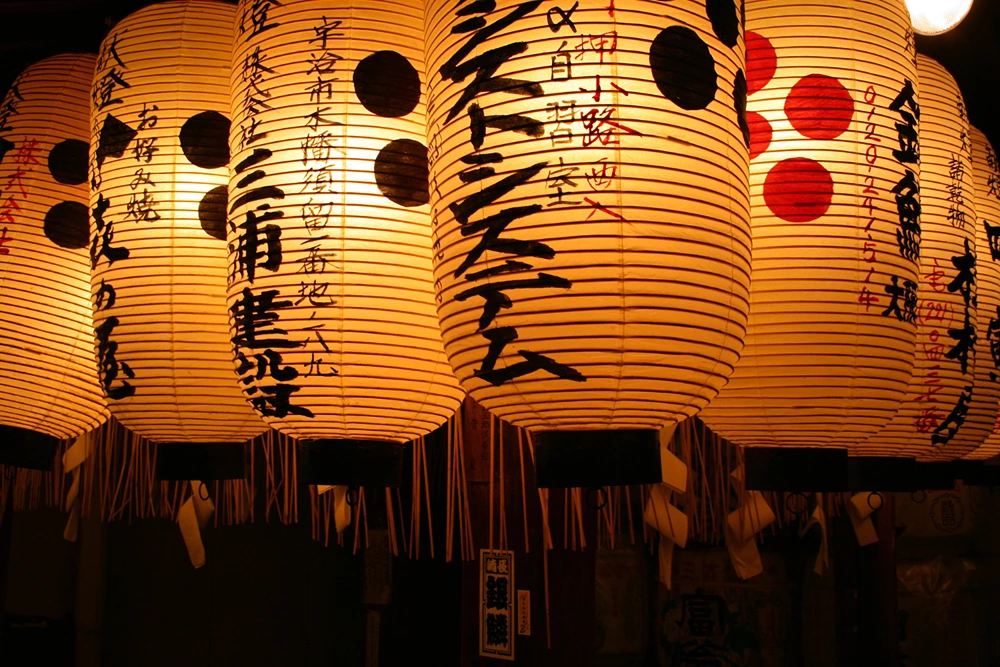
FAQ
Best time to go to Japan for cherry blossoms
The best time to go to Japan for cherry blossoms is late March to early April.
Worst time to visit Japan
The worst time to visit Japan is typically during the rainy season from June to mid-July and the typhoon peak in August and September.
Cheapest time to visit Japan
The cheapest time to visit Japan is during the winter months, from January to February, excluding New Year’s holidays.
Best time to visit Japan 2024
The best times to visit Japan in 2024 are early spring (March to early April) and autumn (late October to November).
Best time to visit Japan in the fall
The best time to visit Japan in the fall is late October to November, when the weather is cool, and the foliage is vibrant.
Japan weather by month
Japan’s weather varies by month, with cold winters (January-February), rainy seasons (June-mid-July), and hot summers (August).
Best time to visit Japan reddit
Reddit users often recommend visiting Japan in spring (March-April) for cherry blossoms or autumn (October-November) for foliage.
Is June a good time to visit Japan
June is not the best time to visit Japan due to the start of the rainy season.
What is the best month to travel to Japan?
The best month to travel to Japan is April for cherry blossoms or November for autumn foliage.
What is the cheapest time to visit Japan?
The cheapest time to visit Japan is during the winter months, especially January and February.
What time of year does Japan have the best weather?
Japan has the best weather in spring (March-April) and autumn (October-November) with mild temperatures and clear skies.
What is the least tourist month in Japan?
The least tourist month in Japan is typically January, excluding New Year’s holidays.
Hazel Wall is a passionate traveler, writer, and explorer dedicated to sharing her experiences and insights with fellow adventurers. With a background in journalism and a deep love for discovering new cultures, Hazel has journeyed across continents, immersing herself in diverse landscapes and traditions.


